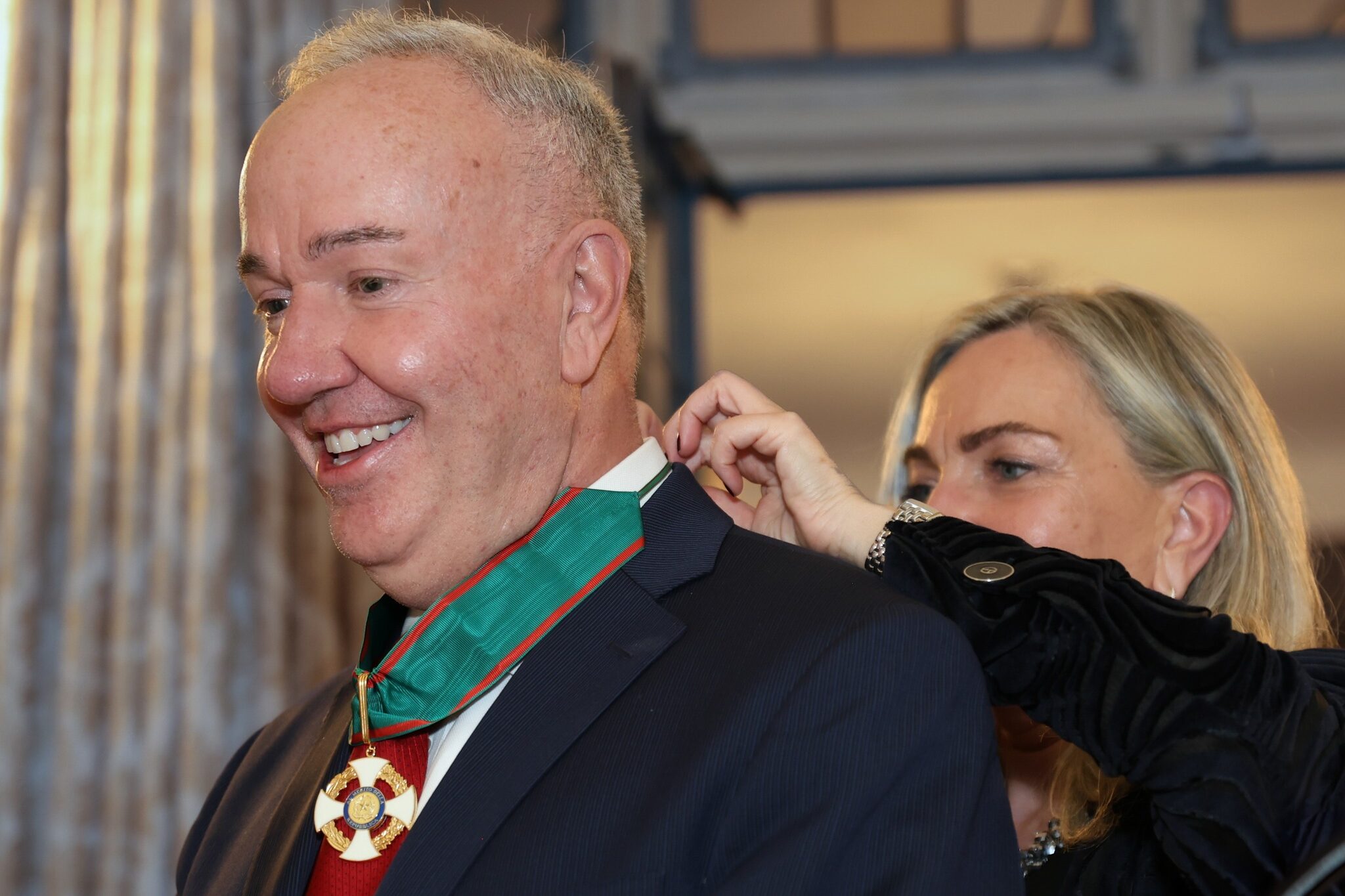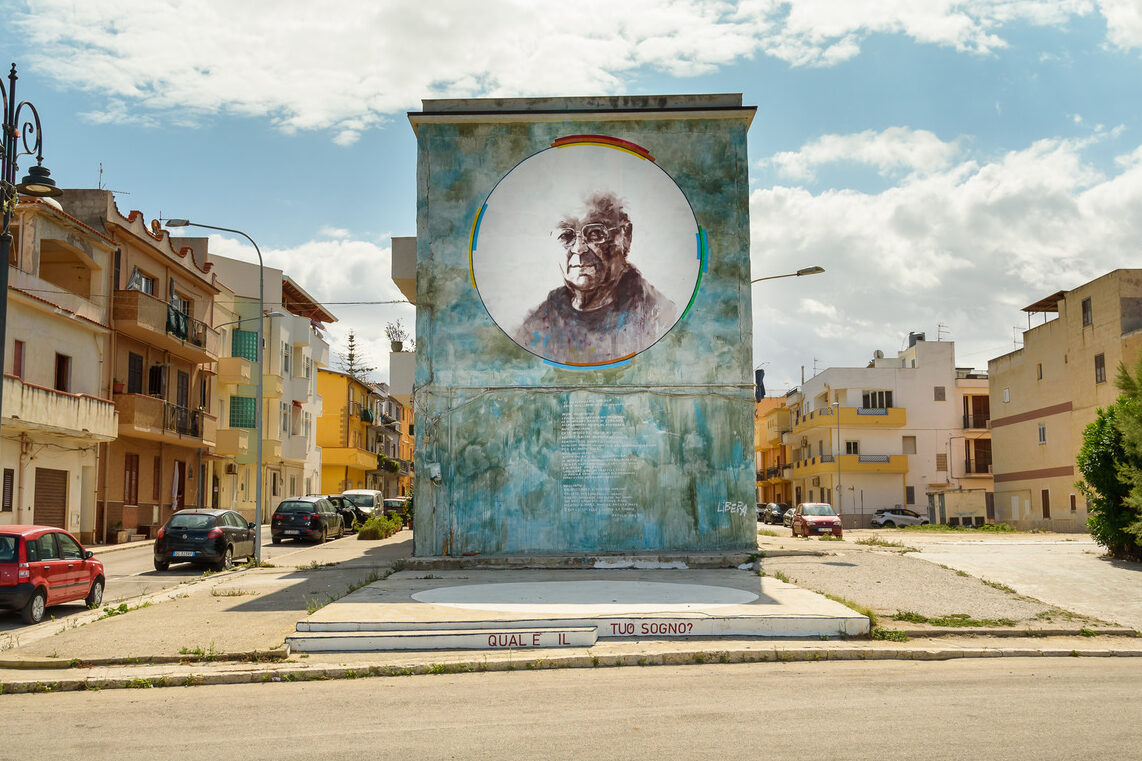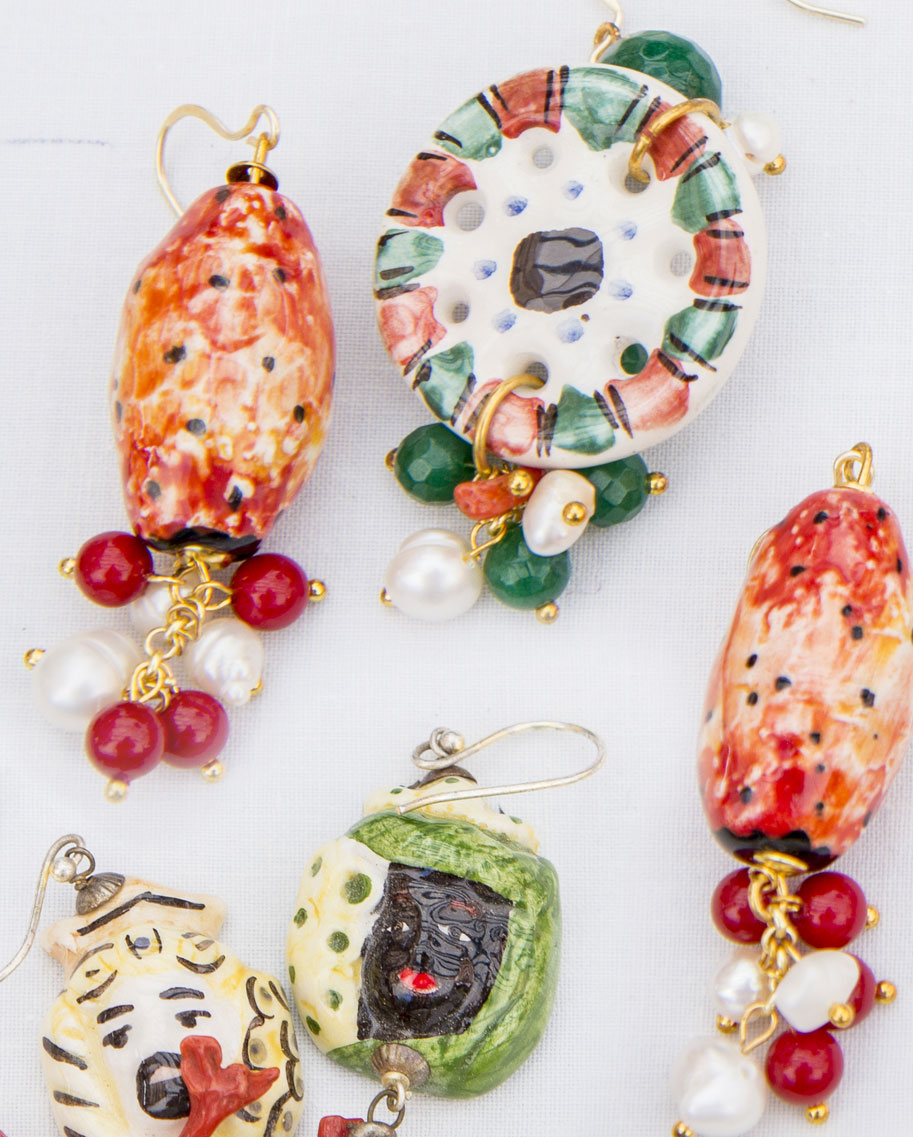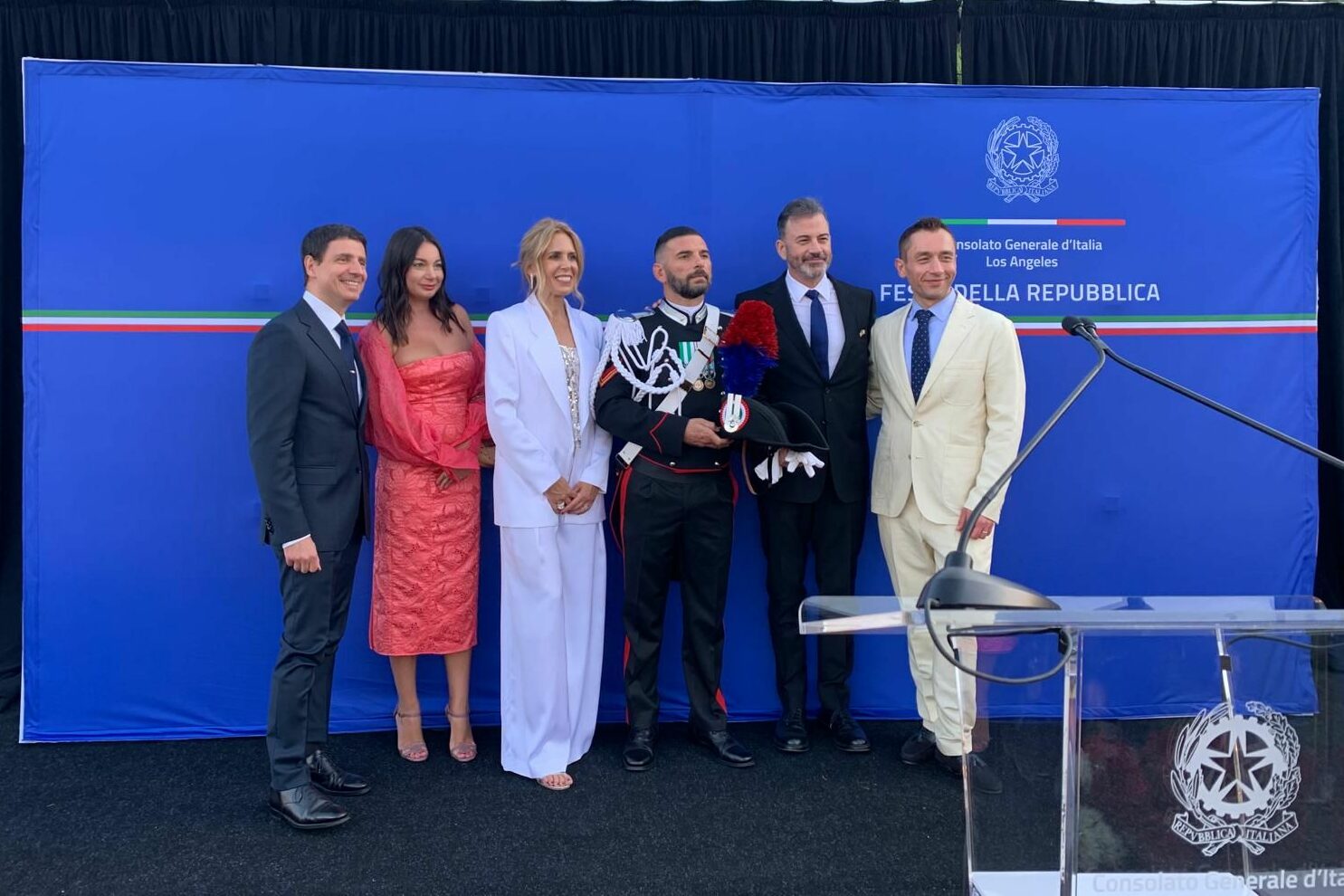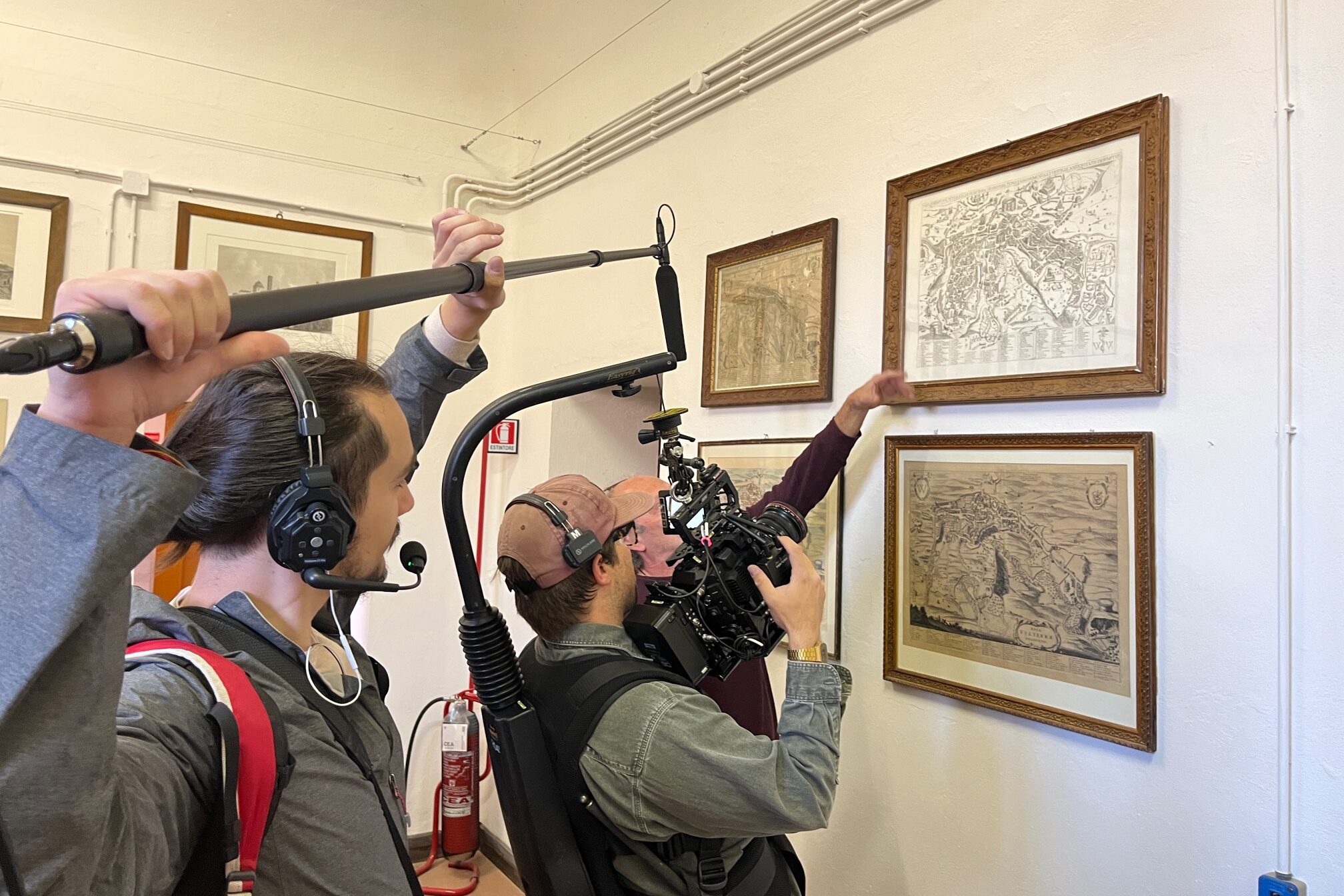Fabrizio Capobianco was born to innovate—and like most innovators, he has often been a man ahead of his time. Pay close attention.
The premise of TOK.tv is straightforward and immediately appealing to today’s social-media savvy, tweet-happy consumers. TOK.tv programming is currently geared toward sporting events (a calculated decision by Capobianco in testing the viability of the concept), and simply enables anyone watching a baseball, football or soccer game to simultaneously talk with their friends, take pictures and share the emotion of the game via a second screen.
As you might imagine, being an immigrant cum American citizenship (Capobianco moved to Silicon Valley in 1999), the idea for TOK.tv. was born out of lonely Sundays watching sports without the company of his father or brothers thousands of miles away—only his dog who jumped whenever Fabrizio happened to shout at the screen. Watching sports alone was OK, but it didn’t bring the same energy and camaraderie to spectatorship that for many fans is just as important as the game itself.
The second screen is the smartphone next to you on the couch or the iPad on the coffee table, accessories that up to 85 percent of American viewers have open and at the ready while watching television according to a 2012 Nielsen study.
On the surface, TOK.tv shares some similarities with Skype, but the voice-enabled interface is populated with stats and facts on the players and game—features that make an especially good fit for sports with frequent pauses like baseball—and built-in sound bites (a beer mug that makes a loud burping noise, among others). The app also plays to the Instagram and Facebook crowd by syncing photos from a group of users “watching” a game together; this way, the reaction of each viewer to various live moments—one fan’s victory is another fan’s death knell—can be posted as one side-by-side image.
It’s easy to see why users are enamored with the idea of TOK.tv and it’s only a matter of time before Capobianco branches out into other live events that have given rise to strong female-user percentages, such as a recent test of the Oscars. TOK.tv also recently announced a partnership with Juventus, the Italian home team, which was a true dream moment for the software entrepreneur. Plans are in the works to create country-specific apps for the 2014 World Cup.
However, it’s the idea of monetizing TOK.tv that may just be Capobianco’s masterpiece. In having a second screen that plays ads in the lower corner without covering or detracting from the sports action, TOK.tv has the ability to give advertisers something they’ve never had before—a way of gauging viewer response to traditional TV ads through a trackable, clickable platform.
If you talk to Capobianco, he’s got all the advertising expenditure dollars down pat and can dizzy a listener with how much money is spent on guesstimating what people like to see (taking into account, of course, the focus groups, research studies and curated time slots that are carefully matched to show demographics). But there is also a simpler way of explaining the concept: “On the Internet, you search, click and buy. What (TOK.tv) does is give advertisers this incredible opportunity where you can give users the emotion of the brand … with the ability to click through that app and tell the advertiser that you had that experience,” Capobianco says.
For example, 11 percent of the ads that played through TOK.tv during the World Series were clicked on, a number that could be helpful to advertisers in driving future campaigns to leverage the ultimate benchmark of marketing efficacy—sales.
If all this weren’t enough, there is a matter close to Capobianco’s heart that is essential when discussing his startup success. (Capobianco also founded the global cloud hub Funambol in 2002, which reported just under $6 million in venture funding in 2012 and recently inked a deal with Telefonica of South America.) Over the course of 15 years in Silicon Valley working with engineers of all backgrounds, Capobianco has developed a genuine love of America and considers himself and his family, right down to their passports, Italian-Americans.
Yet, there is a piece of him that remains an Italophile at heart: “(Italy is) the center of creativity—and software is a creativity job, a knowledge job. Software design is just in the DNA of the country, but the rest of the world has not discovered it yet.”
And for that reason, Capobianco has made the critical decision to keep his R&D in Italy while founding his companies in America. The individual effort is just a small contribution to trying to dig Italy out of its current economic crisis, but in the long run, this could be one more way Capobianco is paving the road far in advance of what the rest of us can see.



